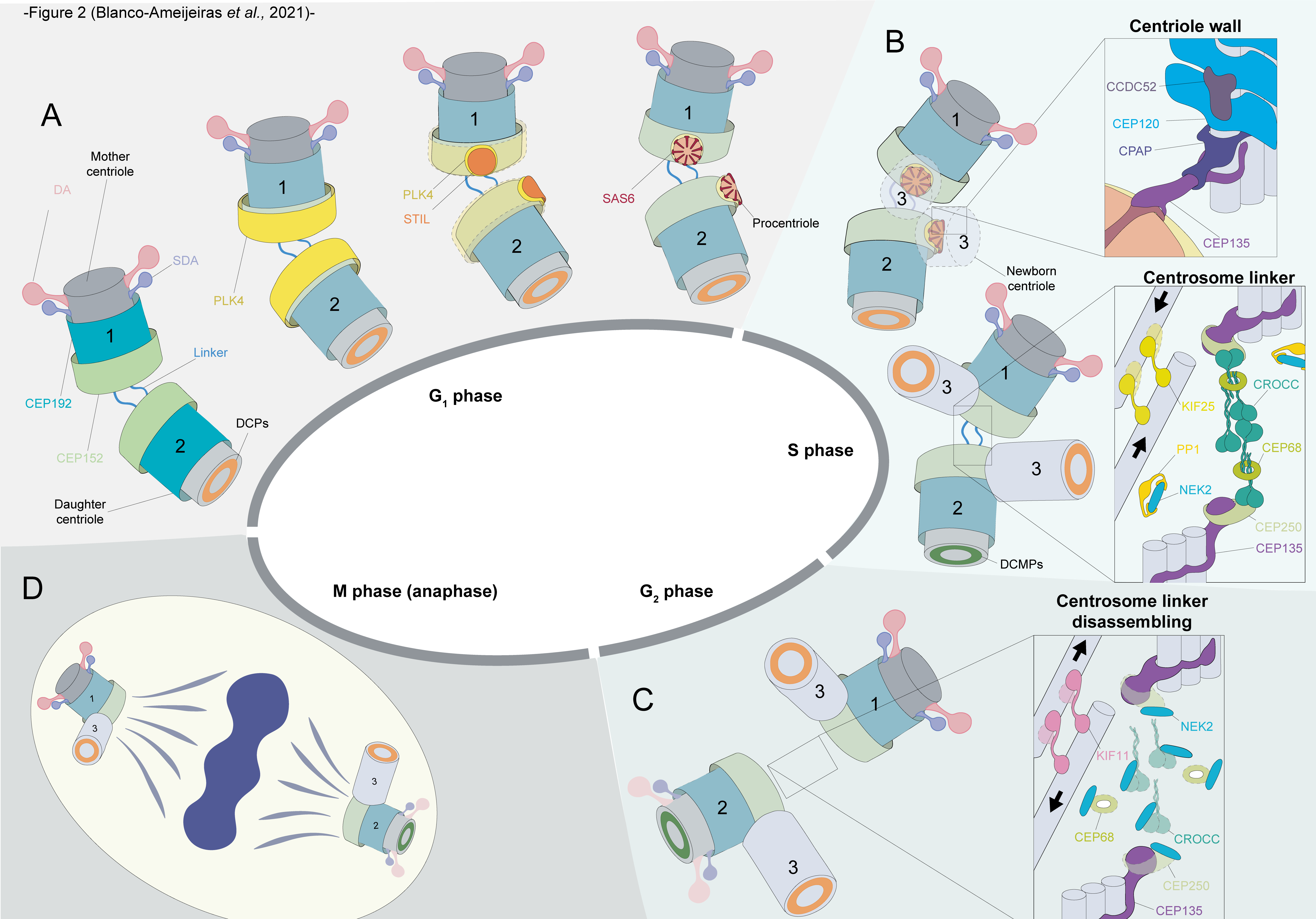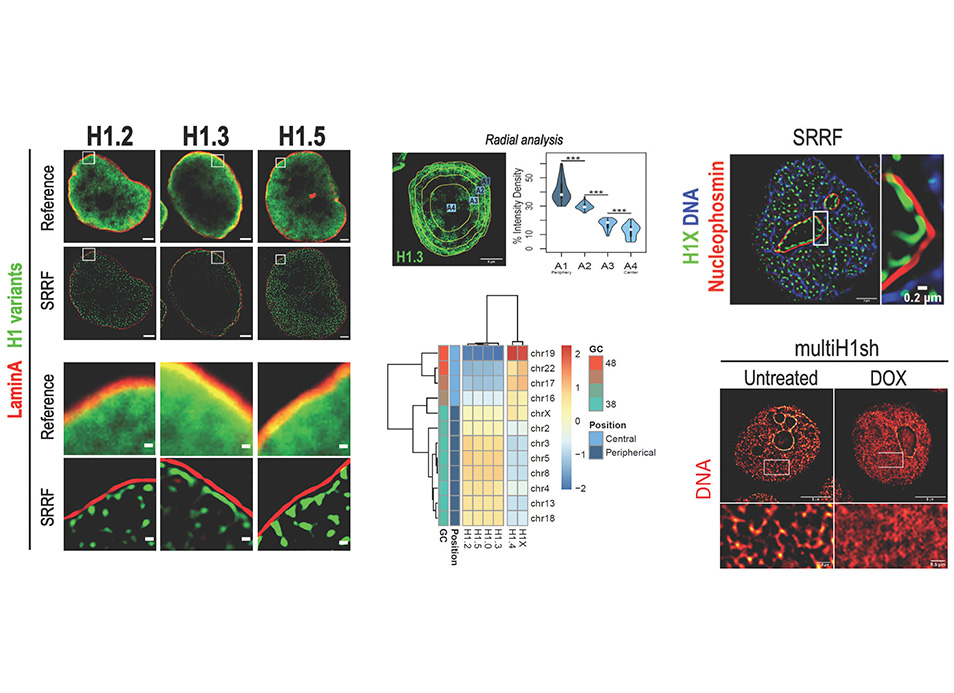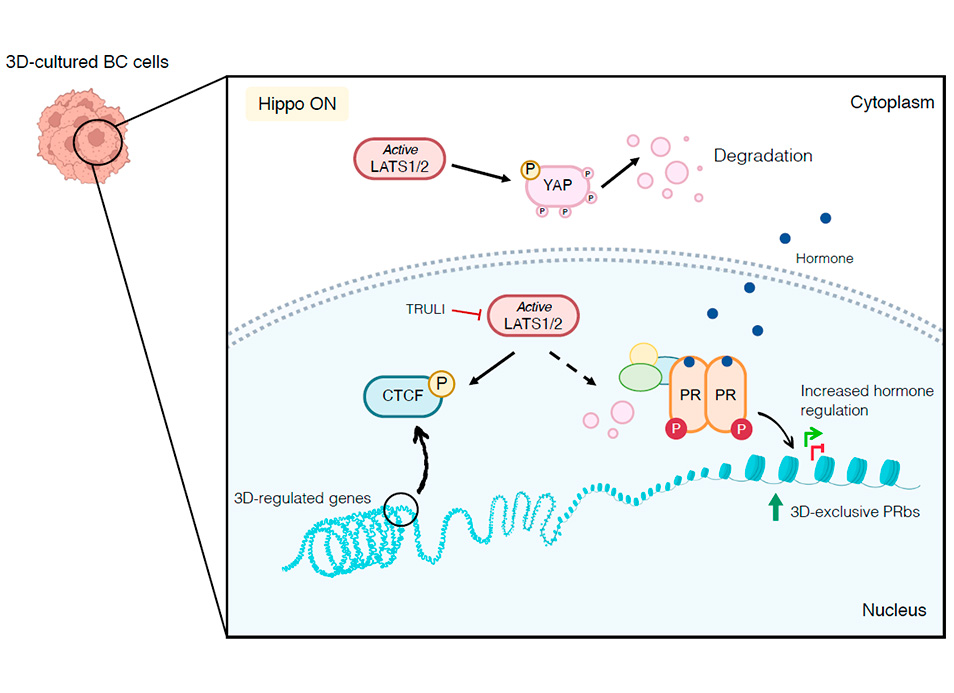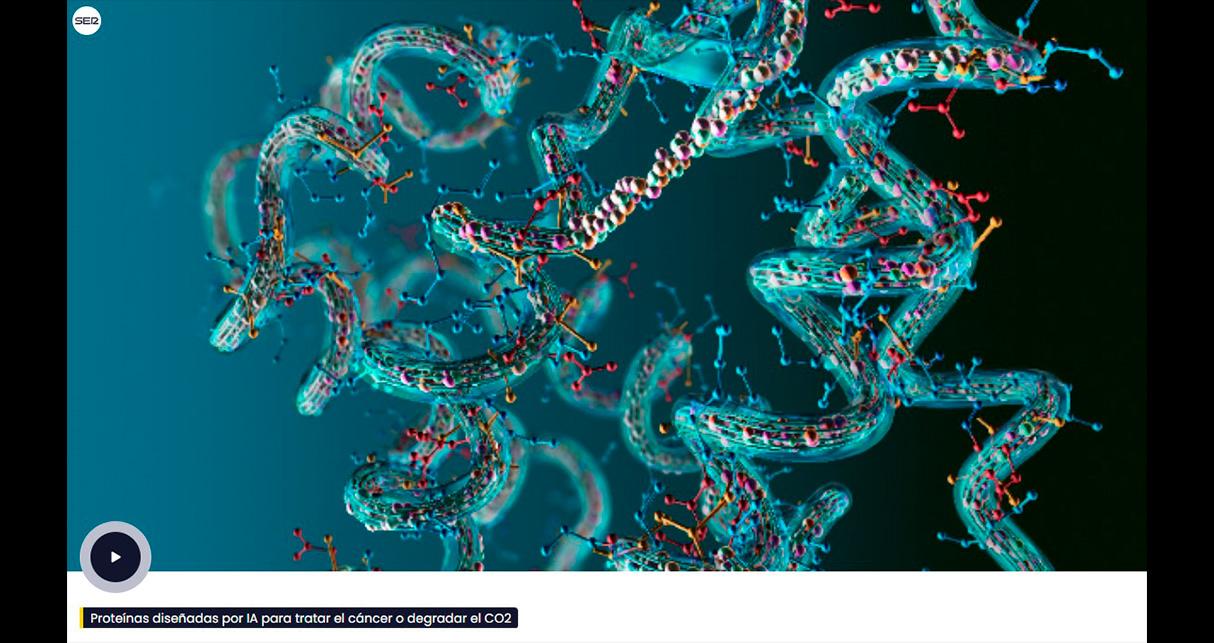New publication in eLife of the Jordan Lab in collaboration with the IBMB Imaging Platform showing that…
Centrosome maturation – in tune with the cell cycle
In a new study, published in The Journal of Cell Science, Elisa Martí and fellow researchers review what is known about centrosome duplication, the cell cycle, and centriole maturation. Super-resolution microscopy and other technological advances allowed this review a more detailed characterization of the 3D structure of the centrosome. This equipment led researchers to a more dynamic understanding of this organelle and paved the way for future research in the mechanisms of a dividing cell.
Abstract
Centrosomes are the main microtubule-organizing centres, playing essential roles in the organization of the cytoskeleton during interphase, and in the mitotic spindle, which controls chromosome segregation, during cell division. Centrosomes also act as the basal body of cilia, regulating cilium length and affecting extracellular signal reception as well as the integration of intracellular signalling pathways. Centrosomes are self-replicative and duplicate once every cell cycle to generate two centrosomes. The core support structure of the centrosome consists of two molecularly distinct centrioles. The mother (mature) centriole exhibits accessory appendages and is surrounded by both pericentriolar material and centriolar satellites, structures that the daughter (immature) centriole lacks. In this Review, we discuss what is currently known about centrosome duplication, its dialogue with the cell cycle and the sequential acquisition of specific components during centriole maturation. We also describe our current understanding of the mature centriolar structures that are required to build a cilium. Altogether, the built-in centrosome asymmetries that stem from the two centrosomes inheriting molecularly different centrioles sets the foundation for cell division being an intrinsically asymmetric process.
Reference:
Blanco-Ameijeiras J, Lozano-Fernández P, Martí E. Centrosome maturation – in tune with the cell cycle. J Cell Sci. 2022 Jan 15;135(2):jcs259395. doi: 10.1242/jcs.259395. Epub 2022 Jan 28. PMID: 35088834. https://pubmed.ncbi.nlm.nih.gov/35088834/




